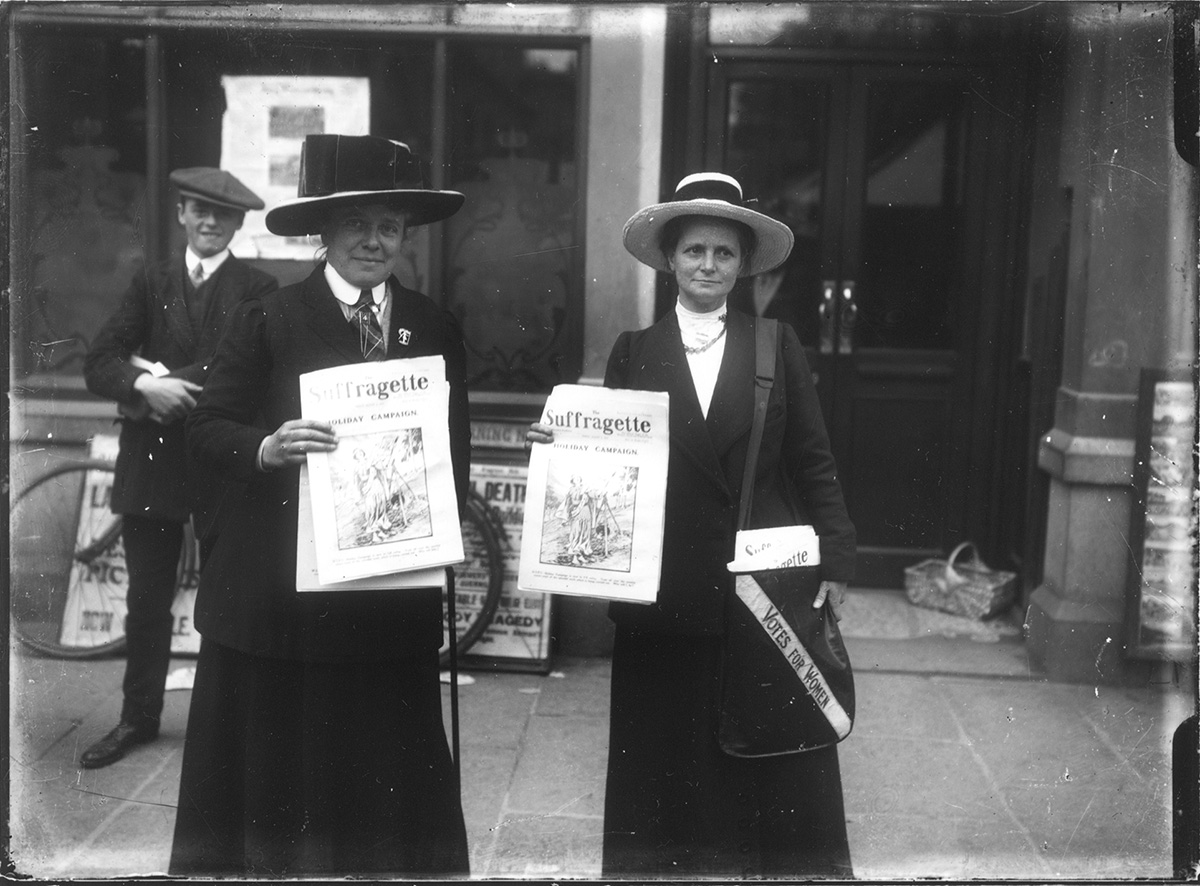- Deconstructing Gender binary stereotypes
- Claude Cahun
- Duane Michals
- Casa Susanna
- Walter Pfleiffer
- Adi Nes – war – work on masculinity/ sexuality, book – masculinity
- Judith Butler – gender social construct
- Gendered roles don’t have to be followed
- Wales in relation with suffragette movement
- Suffragist Vs Suffragette
- the cat and the mice
- Dadaism
- That’s not the way the river flows – short film
Suffragists believed in peaceful, constitutional campaign methods. In the early 20th century, after the suffragists failed to make significant progress, a new generation of activists emerged. These women became known as the suffragettes, and they were willing to take direct, militant action for the cause.

A Dadaism was a movement with explicitly political overtones – a reaction to the senseless slaughter of the trenches of WWI. It essentially declared war against war, countering the absurdity of the establishment’s descent into chaos with its own kind of nonsense.
Sexism – Refers to the typical way in which men and women are taught to view each other as opposites, with the male being the more dominant/ superior gender.
Feminism – A range of social, political and ideological movements that aim to achieve equality in all fields for the sexes.
Patriarchy – A social system in which men hold most power and dominate in roles such as political leadership, moral authority, social privilege and control of property – a system where women are largely excluded.
Enfranchisement – The giving of a right or privilege, especially the right to vote.
Conservatism – Commitment to traditional values and ideas with opposition to change or innovation.
Neo-conservatism – Someone whose politics are conservative or right wing, who believes strongly in the free market and thinks that their country should use its military power to become involved with or try to control problems in other countries.
- Feminist = Political position
- Female = Matter of biology
- Feminine = Set of culturally defined characteristics
Key Theorists/ People
Mary Wollstonecraft (1792) – English writer and a passionate advocate of educational and social equality for women. She called for the betterment of women’s status through such political change as the radical reform of national educational systems. A Vindication of the Rights of Women .
Virginia Woolf (1929) – Argues that a woman needs financial freedom so as to be able to control her own space and life—to be unhindered by interruptions and sacrifices—in order to gain intellectual freedom and therefore be able to write independently (expressed through the title of her book – A room of one’s own).
Simone de Beauvoir (1949) – The Second Sex, discusses the treatment of women throughout history. Beauvoir researched and wrote the book in about 14 months between 1946 and 1949. The author also uses the comparison of girls being ‘treated like a live doll’, showing how they are totally submissive and only serve the purpose of looking pretty and being admired for that.
Jean Kilbourne – In the late 1960s, Jean Kilbourne began her exploration of the connection between advertising and several public health issues, including violence against women, eating disorders, and addiction, and launched a movement to promote media literacy as a way to prevent these problems. Critic of how women are depicted in advertising. made the documentary “Killing Us Softly”. began collecting ads with shaming or anti-feminist implications in the late 1960’s and things keep getting worse. Heavily critical of the use of women’s images in ads that teach women that looks are what matters most. most women feel ashamed and guilty when we fail. failure is inevitable because images are retouched, impossible for women of color to be perfect because only light-skinned woman achieve the ideal black women in ads are frequently featured in jungle settings and animal-skin-like clothing.
Laura Mulvey – Male Guise – The concept that texts present females through the eyes of a heterosexual male, often objectifying the physical form for gratification.
Judith Butler – According to Butler’s theory, gender is essentially a performative repetition of acts associated with male or female. Currently, the actions appropriate for men and women have been transmitted to produce a social atmosphere that both maintains and legitimizes a seemingly natural gender binary. For example, men must be masculine, they are expected to display attributes such as strength, power, and competitiveness, and less openly display emotion and affection (especially toward other men). Whereas women are forced to be conveyed as over-emotional, fragile and weak especially without a male partner. Judith Butler describes gender as ‘an identity instituted through a stylized repetition of acts’ meaning that as we grow our gender adapts and changes based upon representations we are presented with suggesting that gender is only a construct and should be viewed as something that is fluid.
Waves Of Feminism –
The First Wave Of Feminism – Occurred during the 19th and early 20th century throughout the Western world. It focused on legal issues, primarily on securing women’s right to vote, a key movement/ group would be the suffragette movement which occurred during this period.
The Second Wave Of Feminism – began in the United States in the early 1960s and lasted roughly two decades. It quickly spread across the Western world, with an aim to increase equality for women by gaining more than just enfranchisement.
The Third Waves Of Feminism – Influenced by the postmodernist movement in the academy, third-wave feminists sought to question, reclaim, and redefine the ideas, words, and media that have transmitted ideas about womanhood, gender, beauty, sexuality, femininity, and masculinity, among other things. Started in the US in the early 1990s and continued until the fourth wave which began in the 2010s.
Raunch Culture – Women and the Rise of Raunch Culture (2005) is a book by Ariel Levy which critiques the highly sexualized American culture in which women are objectified, objectify one another, and are encouraged to objectify themselves. Levy refers to this as “raunch culture.”
